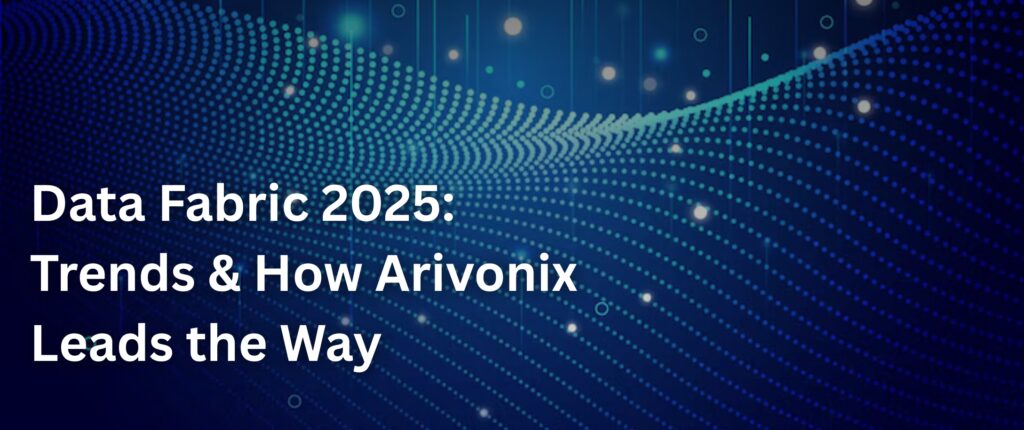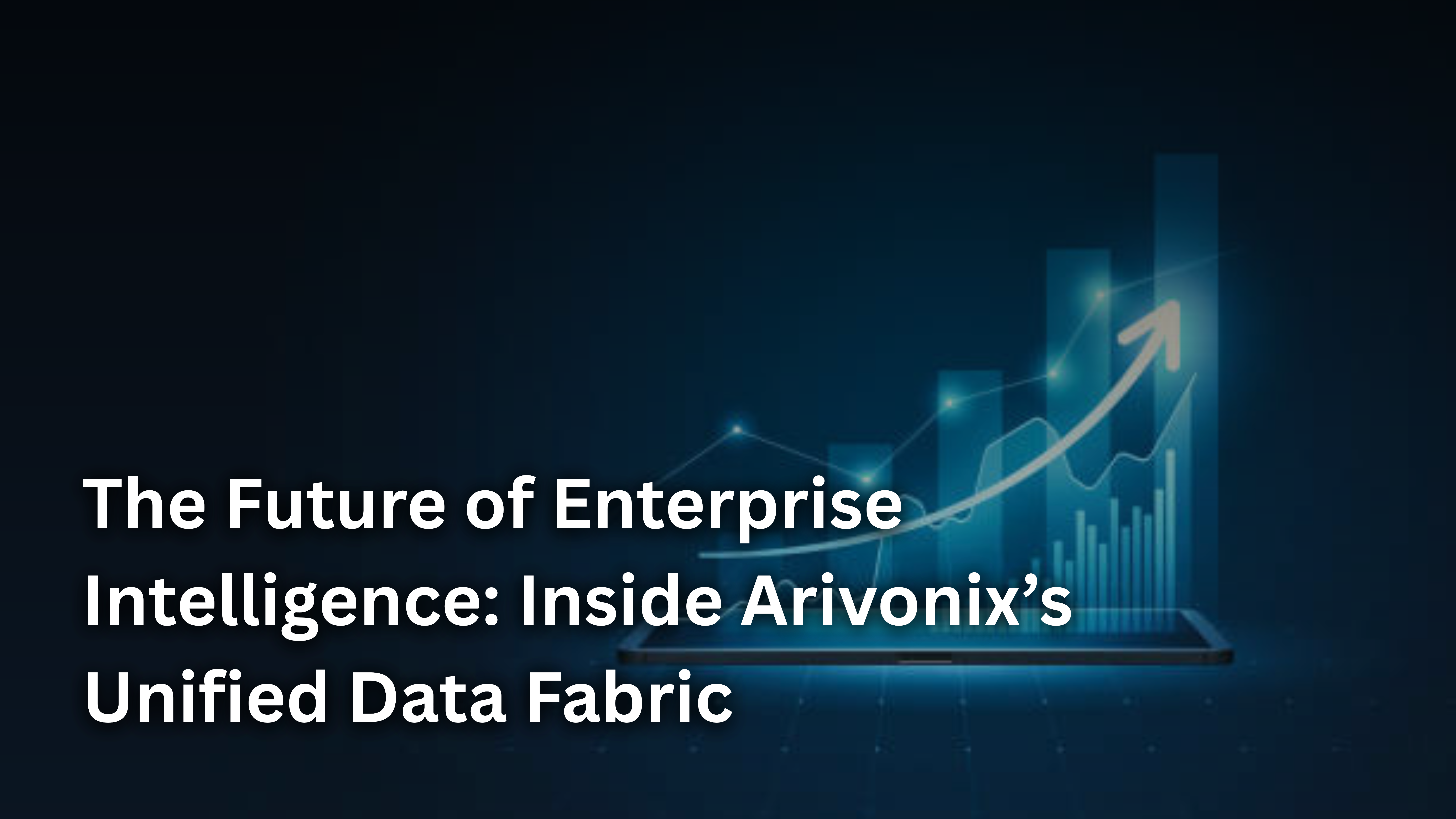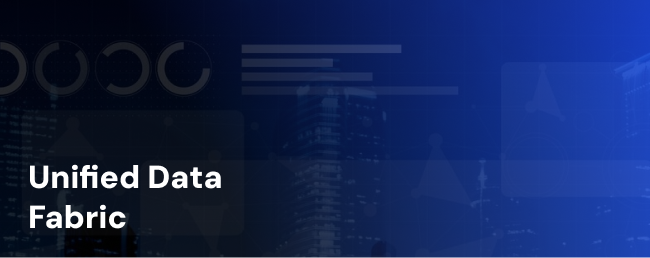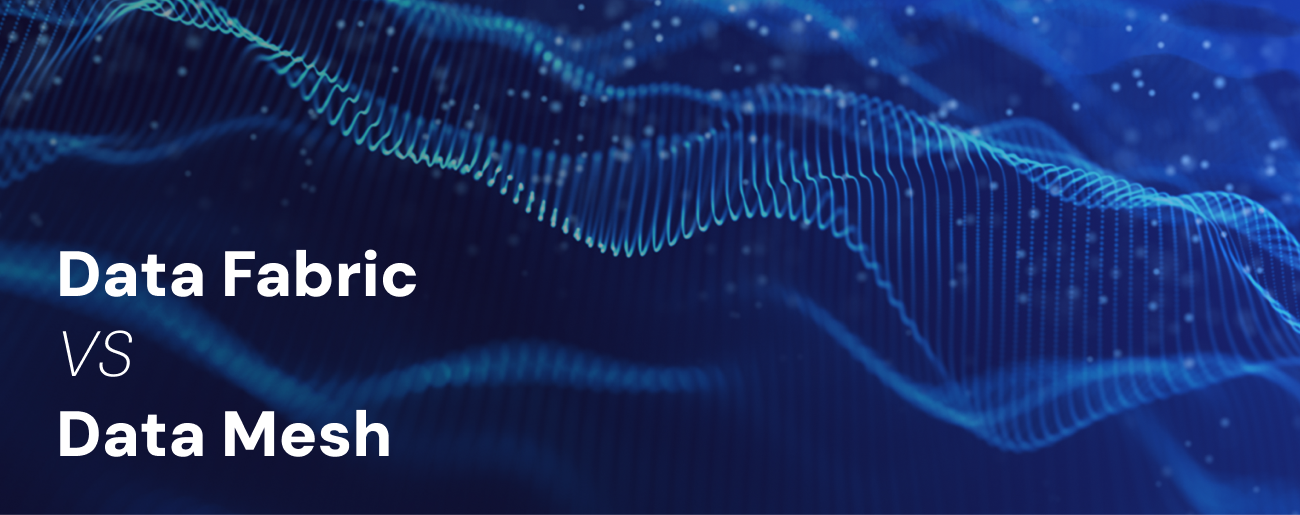As we step further into 2025, data has become a driving force for innovation and decision-making across industries. However, managing data across an ever-expanding ecosystem of on-premises systems, cloud platforms, and edge devices has introduced significant complexity for organizations. With data residing in multiple silos—often fragmented and difficult to access—companies are increasingly finding that traditional data management solutions are inadequate for modern challenges.
This is where Data Fabric comes into play. Data fabric represents a holistic architecture designed to unify disparate data sources and enable seamless integration, governance, and management across hybrid, multi-cloud, and on-premises environments. This agile data framework simplifies data management by connecting all data sources into one accessible, intelligent system, providing businesses with a unified view of their data and the ability to gain real-time insights for better decision-making.
Why Data Fabric is Essential for the Modern Data Landscape
As the need for faster, more accurate data-driven decisions intensifies, data fabric has emerged as a crucial solution for addressing the complexities of modern data management. With the growing volume of structured, unstructured, and semi-structured data, organizations are now turning to data fabric solutions that enable them to easily connect, manage, and access data—regardless of where it resides.
According to a recent report by Future Market Insights, the global data fabric market is projected to grow from approximately USD 3.12 billion in 2025 to around USD 12.52 billion by 2035, reflecting a Compound Annual Growth Rate (CAGR) of 14.9% during the forecast period. This growth underscores the increasing demand for unified data management solutions, driven by factors such as the adoption of hybrid and multi-cloud environments, the need for real-time analytics, and advancements in AI and machine learning technologies (source).
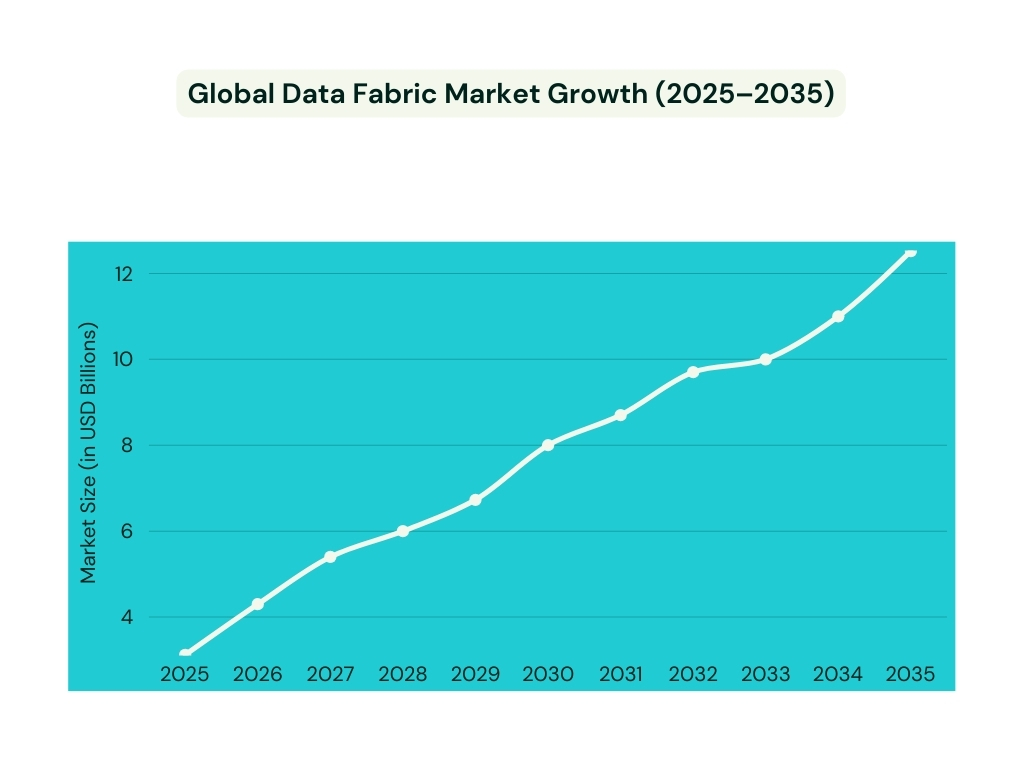
Key Trends Shaping the Data Fabric Landscape in 2025
Multi-Cloud and Hybrid Environments
As organizations move away from single-cloud strategies in favor of more flexible, multi-cloud and hybrid environments, data fabric solutions are stepping in to provide the seamless integration needed to connect data across these various platforms. Data fabric bridges the gap between on-premises infrastructure and the cloud, making it easier for businesses to manage data in complex environments.
For instance, companies are increasingly using a combination of public and private cloud services to meet their scalability, security, and compliance needs. A strong data fabric architecture provides the integration layer to make these hybrid systems operate as a unified data environment.
AI and Machine Learning-Powered Data Management
In 2025, integrating Artificial Intelligence (AI) and Machine Learning (ML) into data fabric solutions is becoming more prevalent. These technologies can automate processes like data classification, analysis, and optimization, providing businesses with actionable insights in real-time.
AI and ML also allow businesses to predict trends, identify anomalies, and make smarter decisions with minimal human intervention. By incorporating these intelligent technologies into data fabric platforms, organizations can gain a competitive advantage through faster, more accurate decision-making.
Edge Computing and Real-Time Data Processing
The rise of the Internet of Things (IoT) and the need for low-latency, real-time data processing has made edge computing a central component of modern data architectures. Edge devices generate massive amounts of data that need to be processed quickly and efficiently.
Data fabric solutions that integrate with edge computing allow businesses to process data at the source rather than relying on centralized data centers. This not only reduces latency but also helps organizations manage vast volumes of data in real-time. Industries such as manufacturing, healthcare, and autonomous vehicles stand to benefit from this integration, where real-time data processing is critical.
Data Governance and Security
As data privacy concerns increase and regulatory requirements such as GDPR, CCPA, and others become stricter, organizations need to ensure their data governance and compliance strategies are up to par. Data fabric architectures are evolving to include advanced governance features that automate data lineage tracking, enforce compliance policies, and provide enhanced security.
Modern data fabric solutions offer built-in encryption, access control, and auditing capabilities that protect data throughout its lifecycle. As a result, businesses can ensure they are following industry standards while safeguarding sensitive information from potential threats.
Arivonix: Leading the Charge in Data Fabric Solutions
As the data fabric landscape evolves, Arivonix is emerging as a key player helping organizations build scalable, future-proof data architectures. Here’s how Arivonix is driving the next generation of data fabric solutions:
Seamless Integration Across Multi-Environment Platforms:
Arivonix offers a platform that integrates data from multiple sources—whether on-premises, in the cloud, or at the edge. This unified approach enables businesses to have a single, consistent view of their data, reducing silos and making data more accessible.
AI-Powered Insights and Automation:
By incorporating AI and ML technologies, Arivonix’s platform helps organizations automate data workflows, identify patterns, and generate actionable insights. This intelligent layer of automation enables faster decision-making and improves operational efficiency.
Robust Data Governance and Security Features:
Arivonix’s solutions come with built-in tools for data governance and compliance, ensuring businesses can track data lineage, protect sensitive information, and adhere to regulations. The platform’s robust security framework helps prevent unauthorized access and ensures data integrity across the entire architecture.
Scalability for Future Growth:
With a focus on scalability, Arivonix’s platform is designed to grow with your business. Whether you’re expanding into new cloud environments or increasing your data processing capabilities, Arivonix ensures that your data architecture can scale seamlessly to meet new challenges.
Conclusion
As data becomes an increasingly central part of business operations, organizations must evolve their data management strategies to meet the demands of 2025 and beyond. Data fabric is emerging as the solution to bridge the gap between disparate data sources, providing businesses with a unified, intelligent platform for better decision-making and enhanced operational efficiency.
The trends driving the adoption of data fabric—such as multi-cloud integration, AI-driven insights, real-time data processing, and enhanced governance—are reshaping the way businesses approach their data challenges. By leveraging Arivonix’s cutting-edge platform, organizations can harness the full potential of their data, drive innovation, and maintain a competitive edge in an ever-evolving digital landscape.

